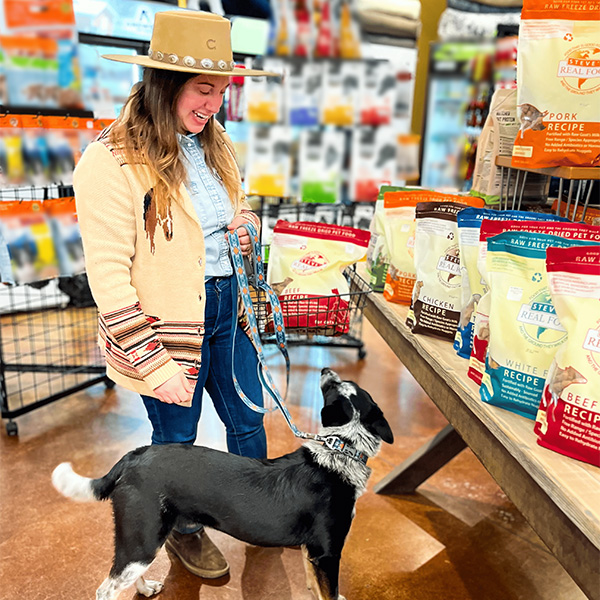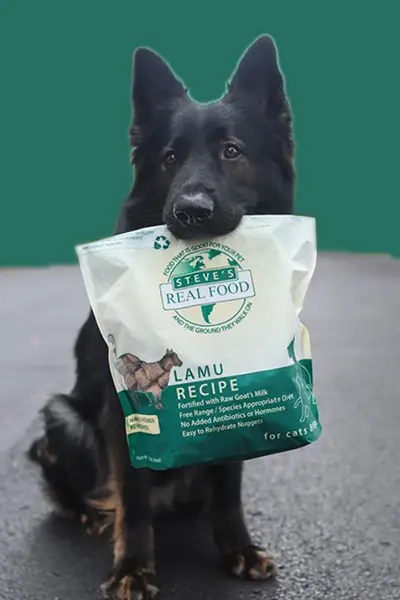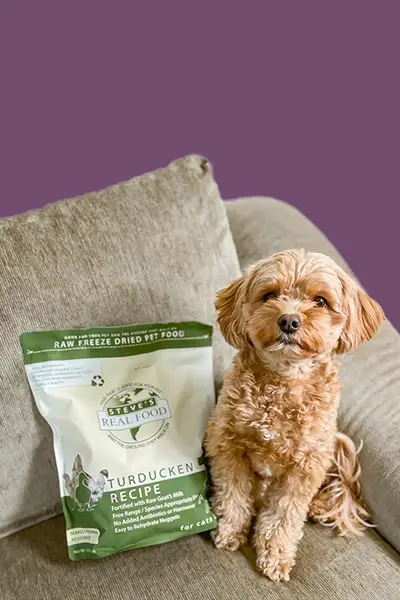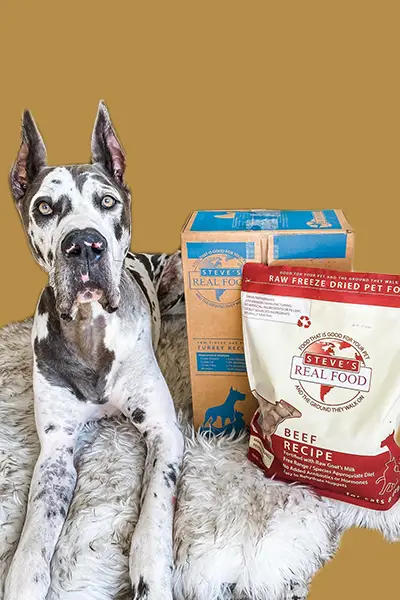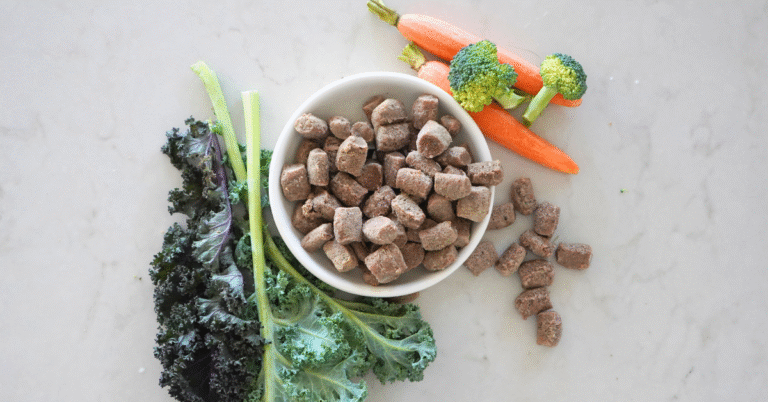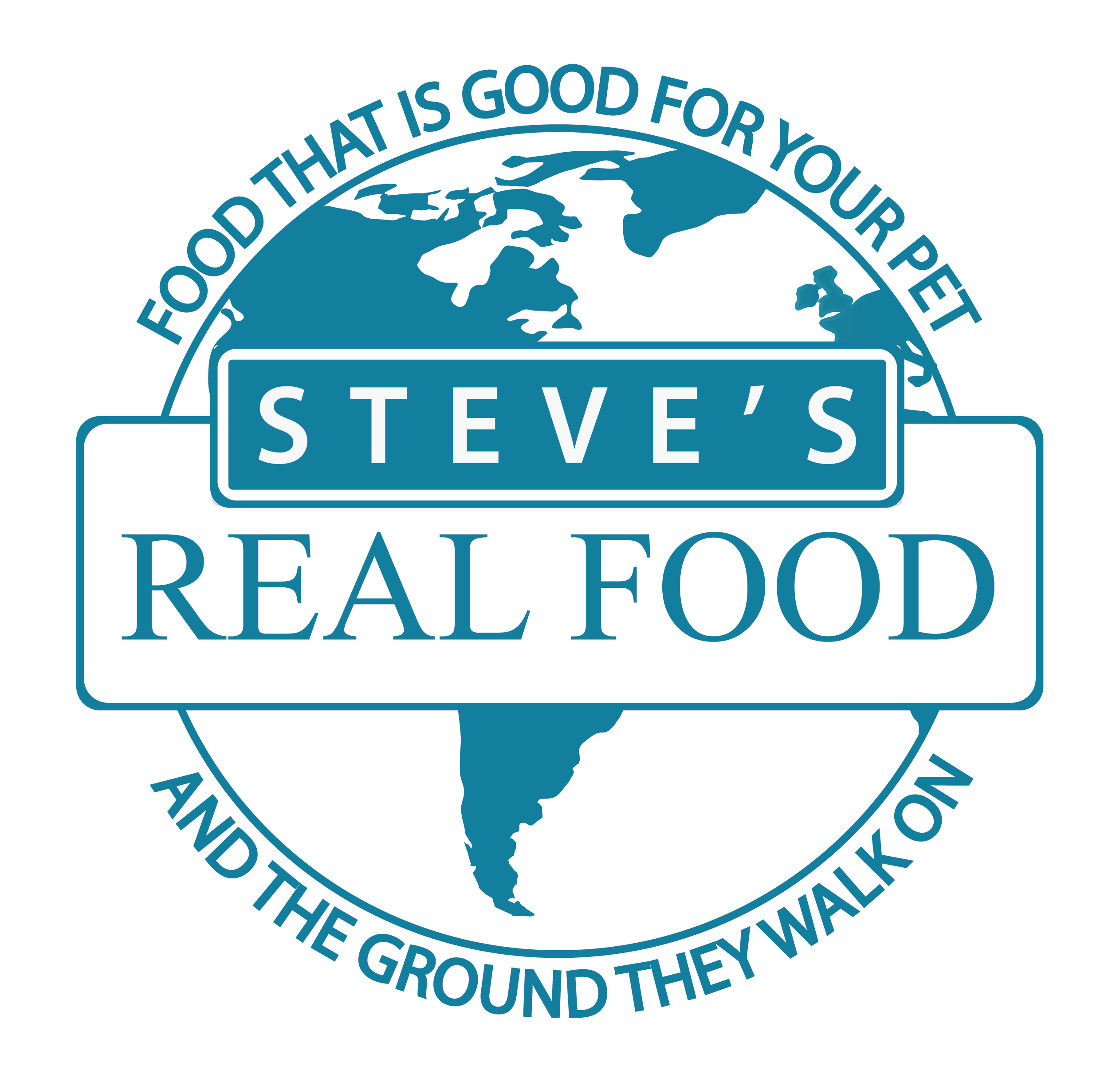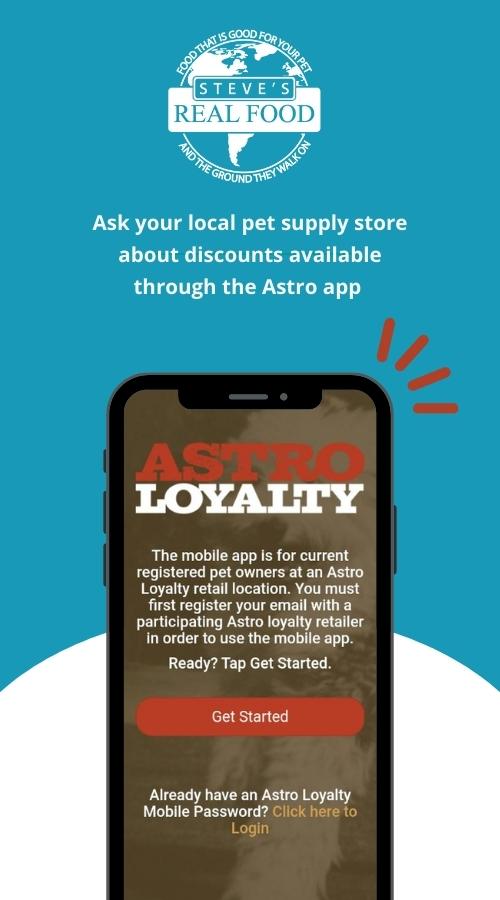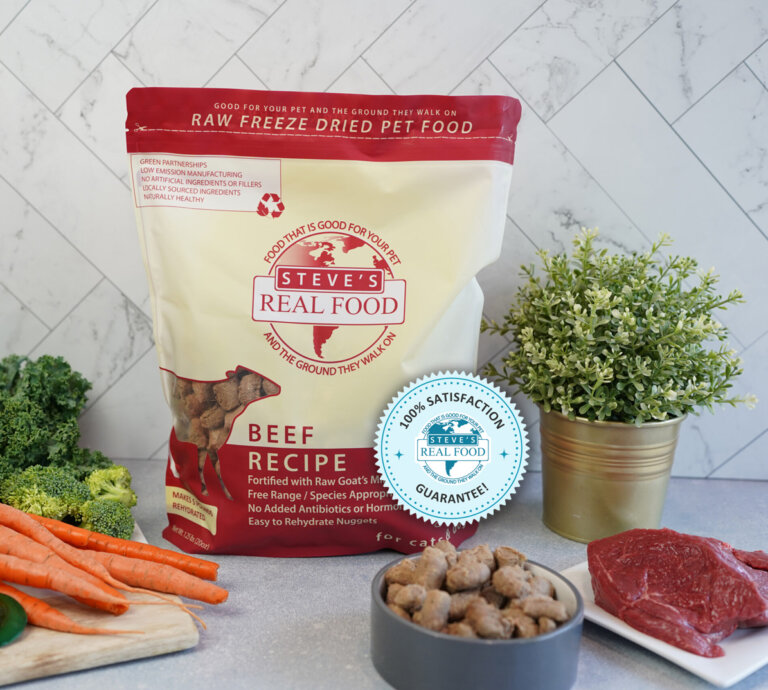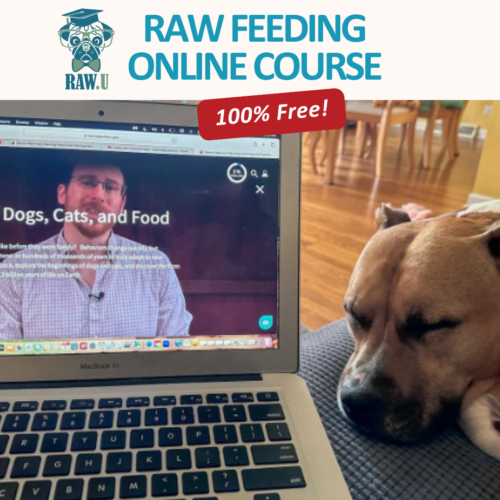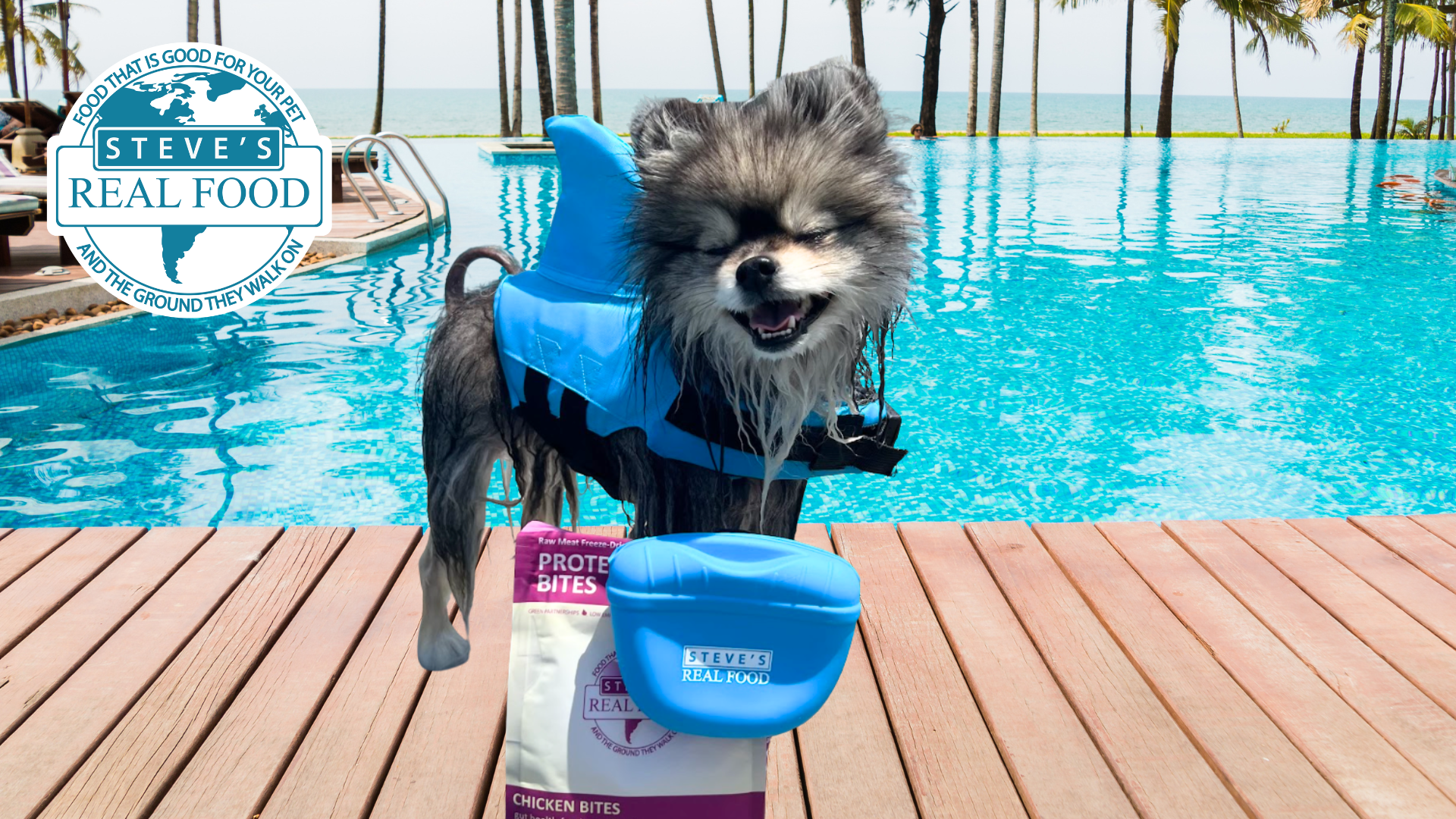More and more pet owners are realizing the benefits of a raw diet, but either do not have the time or worry about contamination and do not desire to make it themselves. The demand for a properly prepared, complete diet, raw meat pet food is growing exponentially.
First, let’s define a properly prepared raw meat diet for pets?
“Complete and balanced foods or feeding programs, using high-quality ingredients, and processed and handled according to human standards. Commercial products have clearly marked safe handling instructions.”
Please note these are not all-meat diets, they are complete and balanced foods or feeding programs.
There are three different types of properly prepared raw meat-based diets.
- * Feeding programs of raw food, which may include raw bones, from Pat McKay, Wendy Volhard, Kymythy Schultz, and Ian Billinghurst.
- * Well thought out homemade recipes, from Dr. Richard Pitcairn and others, often using packaged mixes.
- * Complete and balanced commercially available foods meeting AAFCO guidelines, like AFS, and Steve’s™ Real Food™ for Pets.
All of these are based on a diet such as might be found in the wild. Think of the dog eating a mouse or rabbit. The dog would eat raw meat, crushed bones and the prey’s digestive system, which would be full of finely crushed vegetables and fruits, and food and digestive enzymes.
The raw meat feeding programs vary. Some of the feeding programs and diets contain grains. Most do not. Many advocates of raw feeding believe that dogs and cats do best with no grains. Some use whole raw bones (chicken backs, turkey and chicken necks, chicken wings), some use crushed bones, and some add other sources of calcium and phosphorous.
Please note that we are not talking about what may be fed to greyhounds to enhance their racing performance. We’re not dealing with 4D meats. We’re talking about diets, using high-quality ingredients, fed to dogs to enhance their overall life span and health. Although the number of diets on the market is small, some of these diets have been fed for many generations.
Properly prepared raw meat-based diets are more expensive than kibble because better ingredients are being used
Costs range from equal to the cost of super-premium foods for great shoppers and cooks, to three times the cost of super-premium foods for some of the commercial raw meat-based diet brands. To reduce cost, many people mix raw diets with a traditional dry food.
Raw feeding programs have been around for a long time and are well proven. Julie de Barclay introduced a complete feeding program in 1955. Subsequent feeding programs have been used over the last 40 years and for many generations of dogs and breeds. These programs include lots of variety, every meal different. Most BARF and Ultimate Diet feeders are very disciplined. Few BARF feeders mix the full weeks ingredients together as the speaker yesterday suggested. BARF feeders believe in the BARF program. In my opinion, when done right, the feeding programs like BARF and Kymythy Schultze’s are the most nutritious, and most palatable ways to feed dogs, perhaps even better than Steve’s Real Food. They do take time and preparation. Many people, though, want the same convenience with a raw meat based diet as they find with other dog foods.
The commercially made raw meat-based diets were developed to fill this need. They are formulated to meet or exceed AAFCO profiles for all life stages.
The commercially prepared raw meat diet manufacturers want the same things as other pet food companies – nutrition and safety. This is why some brands are presently, or will soon be, conducting AAFCO protocol feeding trials. And why some companies have joined the Petfood Institute.
How safe are properly prepared raw meat-based diets?
This question covers two subjects. One, how safe are properly prepared raw meat-based diets for dogs and cats; and two, how safe are they for humans to handle.
Over the last two years, we’ve seen many formerly skeptical veterinarians, breeders and retailers accept the fact that properly prepared raw meat-based diets are safe for dogs.
When I give my dogs bones – usually raw turkey necks – my puppy usually buries hers. A week or so later she’ll eat it. I can guarantee you that the bone is full of bacteria. But the puppy loves it and thrives on it. I hate to admit it, but week old turkey necks are still her favorite food.
We all know that raw meat has bacteria, most beneficial and some not. We also know that these bacteria do not pose a substantial risk to the dog under proper conditions of use. The short digestive systems of dogs allow them to stay healthy in the presence of potential pathogens.
Commercially made properly prepared raw meat-based diets have an excellent safety record. In the Northwest, where a lot of people feed raw meat diets, I’ve talked to all the retailers that sell raw diets, know all the distributors, I’ve done seminars in the stores, exhibited at veterinarian conferences, and met many thousands of consumers. Raw meat feeders are increasingly Internet connected. Word of mouth spreads quickly. If there were problems, my retailers would know about them and I would know. Indeed, our market keeps growing, success story after success story, retailer after retailer.
Our market and the growing number of raw meat feeders nationwide believe that properly prepared raw meat-based diet are as safe to handle as any raw meat product, like hamburgers, steaks, ribs and so forth. As with any raw human food product, safe handling instructions are important. Steve’s Real Food safe handling suggestions state:
“Treat as you would any raw meat product. Keep away from small children. Clean your hands, the dog bowls and all utensils in hot soapy water.”
Steve’s Real Food, like all properly prepared raw meat-based diets, takes extra care to ensure safety.
- First, we use all human edible ingredients and handle the product according to human-edible standards.
- Second, we manufacture the product in refrigerated rooms, keeping the temperature of the product below 28 degrees F during forming. We then individually quick-freeze, or flash freeze, at about –50 F wind chill, our ¾” nuggets. This not only locks in taste and nutrition it also minimizes opportunity for microbial growth.
- Third, we make the food very easy to serve and clean up. Our nuggets are almost as easy and safe to serve as kibble, and certainly easier—and cleaner—than canned dog food. No can openers, utensils or cutting surfaces are needed.
To serve, most of our customers open their freezer, take out the bag, pour the right number of nuggets either directly into the dog’s bowl and serve, or into another bowl and defrost in the refrigerator. Most of our customers, we believe, defrost just what the dog needs for the next meal. This minimizes any mess in the refrigerator.
In addition, the flash frozen nuggets keep their shape in the dog’s bowl. The dogs eat them cleanly and quickly. We all know how much most dogs love real meat!
Why the market thinks raw meat-based diets are highly nutritious.
Results. They see how healthy dogs are on properly prepared raw meat-based diets.
We, in fact, believe there are many advantages to properly prepared raw meat-based diets.
Raw foods contain more of the nutrients found naturally in the starting ingredients than those that have been heavily processed through canning, extrusion, drying, acid treatment or some other process. Please understand that we are not saying that traditional dog foods lack nutrition. We are simply saying that there is more nutrition in minimally processed raw foods. That is why many of our customers often shop at farmers’ markets and natural food stores. They believe the taste and nutrition of fresh, whole foods is better for them and their pets.
To best understand the quality of these diets, let’s look at the ingredients in Steve’s Real Food for Dogs, my product. Other commercial products have similar ingredients.
This food is about 60% human quality chicken, 38% human quality vegetables and fruits, and 2% a special nutrient blend.
Delicious and wholesome. We’d all probably wish we, and our children, ate so well. Since the product is raw, produced in refrigerated rooms and flash frozen, the nutrients remain intact. As you might surmise, this product was formulated to meet the nutritional levels established by the AAFCO dog food nutrient profiles for all life stages.
Raw foods contain numerous substances – including enzymes and complete families of antioxidants and phytochemicals – that modern science is discovering are important for optimum nutrition in humans and laboratory animals. My market and I think this holds true for dogs and cats.
Pet Nutrition Science is a dynamic field. As with human nutrition, we are all learning more everyday. For example, we’ve recently learned of the nutritional value of Omega 3 fatty acids, carnitine, taurine, selected fibers, and many other things. Pet foods continue to get better and better.
One such area of study is enzyme addition. Enzymes are found abundantly in fresh, raw foods. When the dog ate its natural prey the dog consumed hundreds and probably thousands of different types of food, metabolic and digestive enzymes.
Enzymes are deactivated or destroyed at temperatures above 105 to 170 degrees F; all the natural enzymes are destroyed in cooking dog foods. This forces the dog’s digestive enzymes to do all the work, and perhaps puts a strain on the dog’s long-term ability to manufacture necessary metabolic enzymes.
What are the value of enzymes? With humans, some prominent scientists and physicians claim that enzyme deficiency is America’s #1 health problem. For dogs and cats, Nature’s Recipe®, in their literature, noted that one of the factors in disease is the “inability of the body to produce adequate quantities of essential enzymes to digest food.”
A little over a century ago Vitamin C was first discovered. In 1958, free radicals were discovered. Today, when we think of disease-fighting nutrients, we don’t just examine A or E or C. We study the phytochemicals, flavonoids and antioxidants.
Phytochemicals are naturally occurring compounds in vegetables and fruits. Epidemiological evidence from more than 200 studies of humans link consumption of foods rich in phytochemicals with decreased risks for certain diseases ranging from some cancers to aging to some forms of dysplasia.
Fruits and vegetables have hundreds of antioxidant compounds. Some antioxidants, like vitamin C, and perhaps some of the unknown antioxidants, are destroyed by heat. There is a growing consensus among researchers that antioxidants must be in balance, that humans and laboratory animals need the complete families of antioxidants that only raw foods provide. Many of the antioxidants identified as having a health-protective effect represent a group of compounds found in the intact food, which in concert provide the health-protective effects. The selected antioxidant alone will not yield the entire health benefit.
To be at our best, we can’t just add selected antioxidants and phytochemicals to our diets: People need some raw foods. My market and I believe these are important to pets too.
Now that we’ve seen why many people believe properly prepared raw meat-based diets are highly-nutritious, let’s take a closer look at who these people are, and, for those who feed commercially made raw diets, where they buy their food. We’ll then conclude this section with a look at how raw diets fill an important need of the independent pet food store.
Who is feeding properly prepared raw meat-based diets
There is a new joke in the raw feeding community. What does BARF now stand for? Born Again Raw Feeders. Some raw feeders are, in a sense, obsessive about telling other people their success stories with raw feeding.
Our market is quite broad: Breeders, boarding kennels, veterinarians, and individual dog owners who fall into the dog-as-important-family-member category. I’ve met raw meat eaters of all breeds, large and small. Feeding raw diets is somewhat income-related as raw meat-based diets are certainly more expensive.
I can probably divide the market for raw meat-based diets into two groups of people: People who believe in natural foods for themselves and people who want the best for their dogs. Both groups seem to be well connected through the Internet.
Most of our market beliefs in their right to choose organic, natural, or whole foods. Whether or not the benefits from organic or natural foods have been proven through science is not an issue with them. They believe in the benefits of whole foods, the value of enzymes, and especially unknown nutrients. They also believe that there is a lot that science does not know about nutrition. They often shop at natural food stores and farmers’ markets. They are often vocal, and they are definitely growing.
A second group of raw meat-based diet feeders consists of people who seem to care more about their dog’s diet than their own. They feed their dogs only the best. These are some of the people who started feeding the higher-priced super-premium foods that took off in the 80s. Often these people learned about raw diets because their dog has or had a health/skin/allergy/coat problem and a friend or veterinarian told them about a raw diet solving that problem. Interestingly, we’re finding that some of these markets are changing their personal diets based upon the success they’ve seen with their dog foods, eating more fresh vegetables and fruits and less grain.
Many of both of these groups of people were making their own raw meat-based diets before they were introduced to the commercially available raw meat diets. We make it easy for them, and assure them that the food is complete and balanced. But if they can’t buy it, they will make their own, which may entail greater risk to them (more handling) and to their dogs (the food may not be complete and balanced).
Where people buy our products.
Our retailer market consists of veterinarians, leading-edge independent pet food stores, and natural food stores.
Three of our top five retailers are veterinarians. They see results. We work with holistic and, recently, a growing number of traditional veterinarians. There are hundreds of veterinarians nationwide who are selling or recommending properly prepared raw meat-based diets.
Independent pet food stores have always needed differentiated products. Today, with premium pet foods available in grocery and mass-merchandise, the remaining 10,000 or so independents are further challenged. Many are now finding that properly prepared raw meat-based diets are filling their need for highly differentiated, profitable, pet foods. Large grocery and mass merchandisers often sell premium pet foods at lower prices than many independents can buy it. Differentiated products are often the only ones they can make money on. My guess is that as of September 2000 over 600 independent pet food stores nationwide have invested in freezers and sell raw meat-based diets. I expect this to triple next year.
As I mentioned above, properly prepared raw meat-based diets fit the natural food store shoppers’ belief system. They know the value of eating raw, complete foods for themselves, and believe raw meat-based diets will benefit their dogs. My guess is that as of September 2000, 200 natural food stores sell raw meat-based diets. That number will probably more than double in 2001.
The need for regulation
One leading Northwestern trainer and breeder said to me “The worst looking dogs I see are on bad raw meat diets; the best-looking dogs I see are on properly prepared raw meat-based diets.”
There are people who feed raw meat improperly; those using homemade recipes without the science, or those who daily add several cups of raw hamburger to their dog’s kibble. Calcium is usually the problem. Readily available, properly-prepared, commercially made raw meat-based diets meeting AAFCO standards will solve this problem.
The need for regulation is clear. Enforcement of existing pet food regulations, with the addition of safe handling instructions, will help dog owners, retailers and most of all dogs. However, regulations should not be done in a manner that limits choices to the owner, in the same way that regulations should not impair the availability of properly labeled organic or natural foods. Regardless of your beliefs on the merits of raw foods, it should still be the consumers’ right to choose what they think is best for their pets.
On another note, I also suggest that the AAFCO pet food committee should begin work on revised nutrient profiles for properly prepared raw meat-based diets. I make this suggestion because the bioavailability of nutrients, especially minerals like zinc, in grain-free raw diets may differ from their availability in heat-processed grain-based foods.
 Beef
Beef Chicken
Chicken Whitefish
Whitefish Pork
Pork Lamb
Lamb Turkey
Turkey Turducken
Turducken All Protein
All Protein Beef
Beef Chicken
Chicken Whitefish
Whitefish Pork
Pork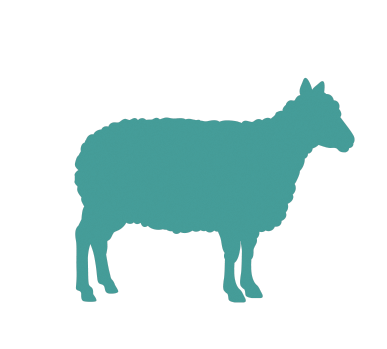 Lamb
Lamb Turkey
Turkey Duck
Duck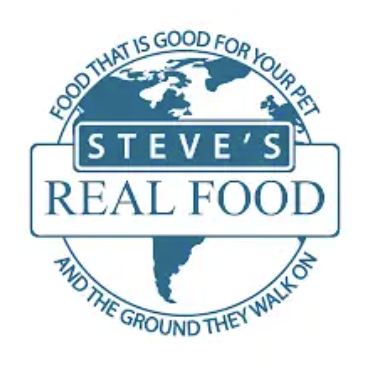 All Products
All Products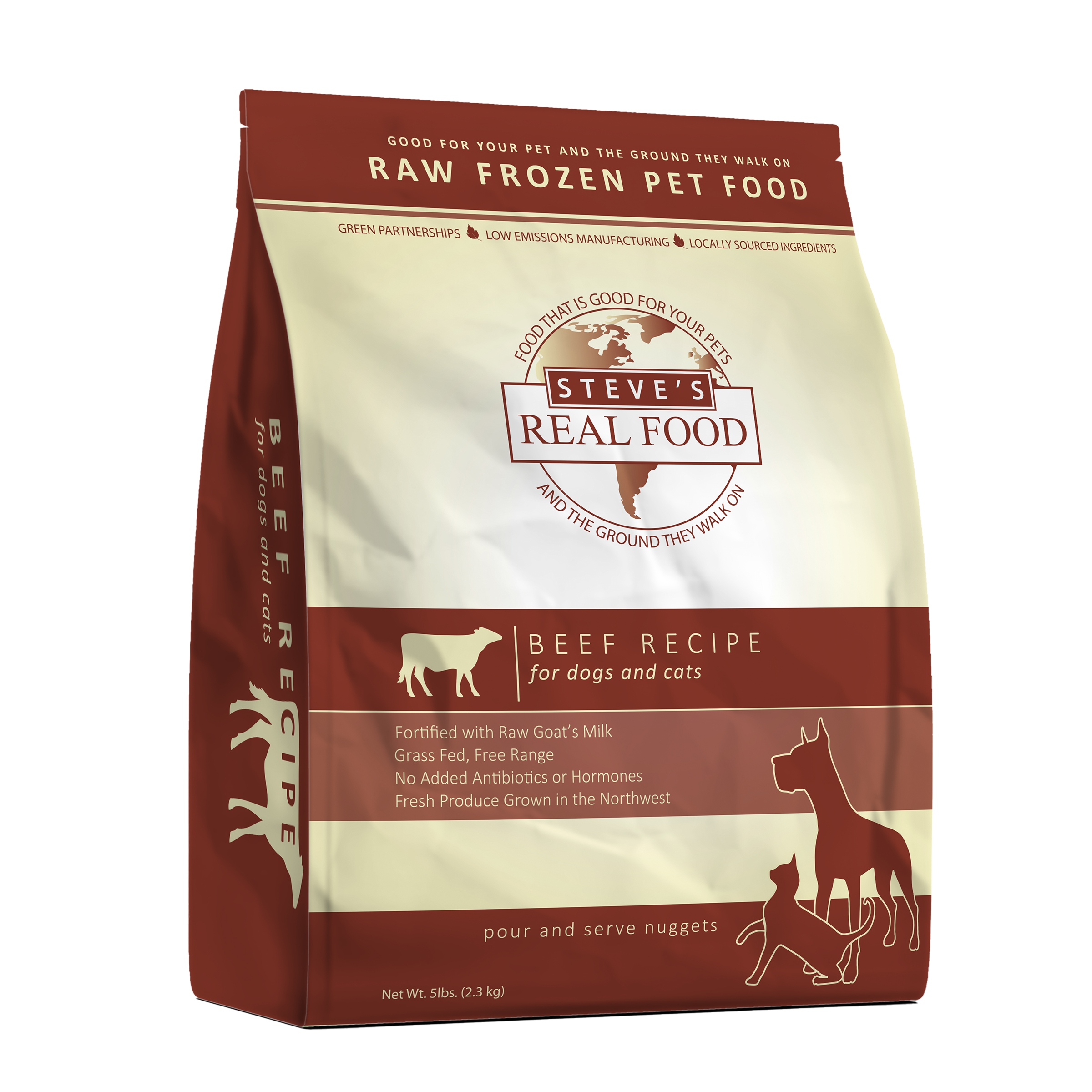 Frozen Raw Pet Food
Frozen Raw Pet Food
 Freeze Dried Raw Pet Food
Freeze Dried Raw Pet Food
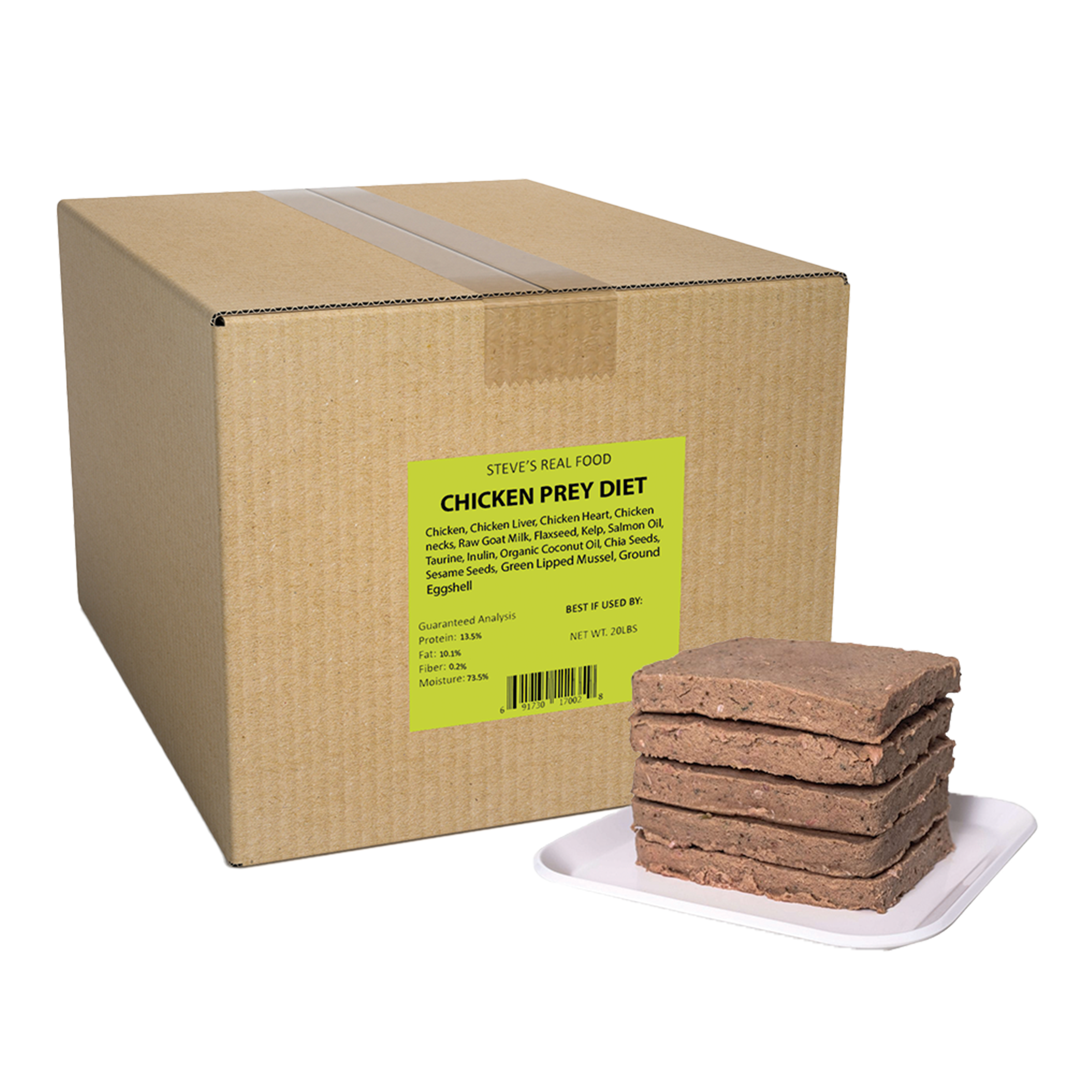 Frozen Prey Diet
Frozen Prey Diet
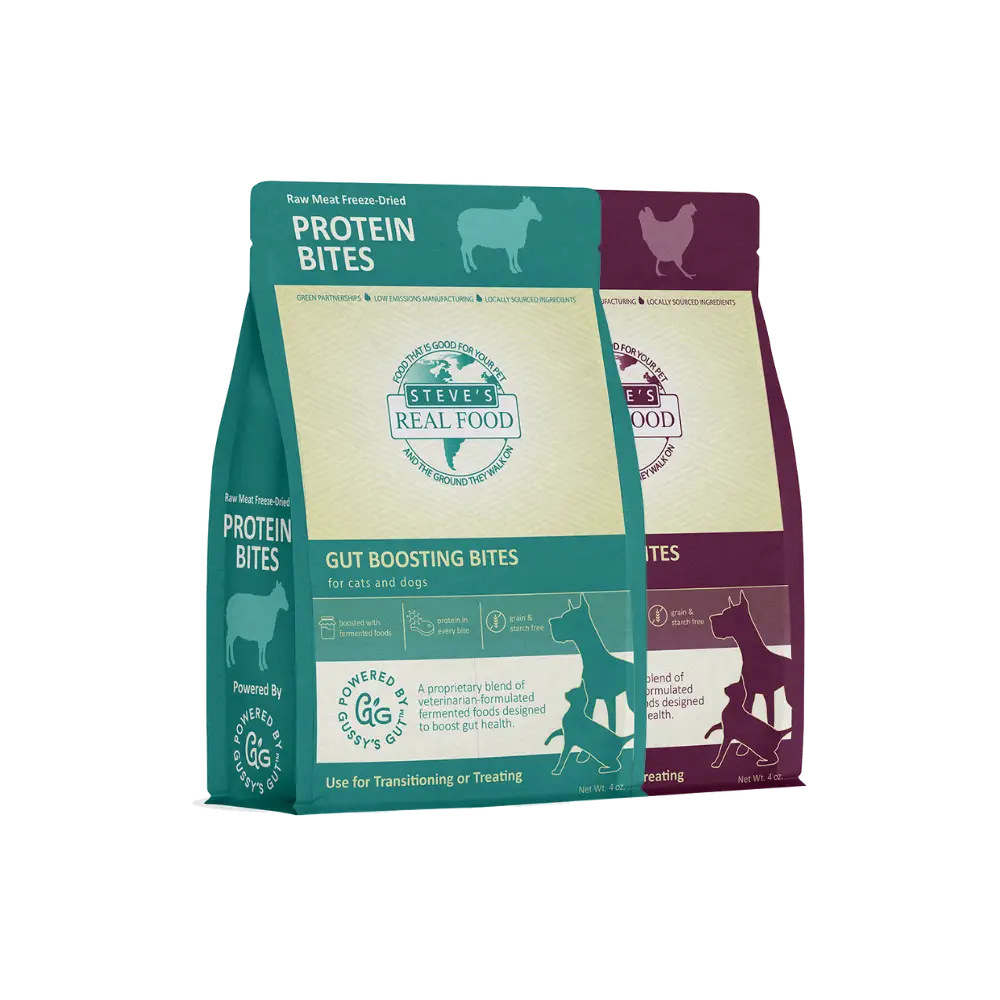 Freeze Dried Protein Bites
Freeze Dried Protein Bites
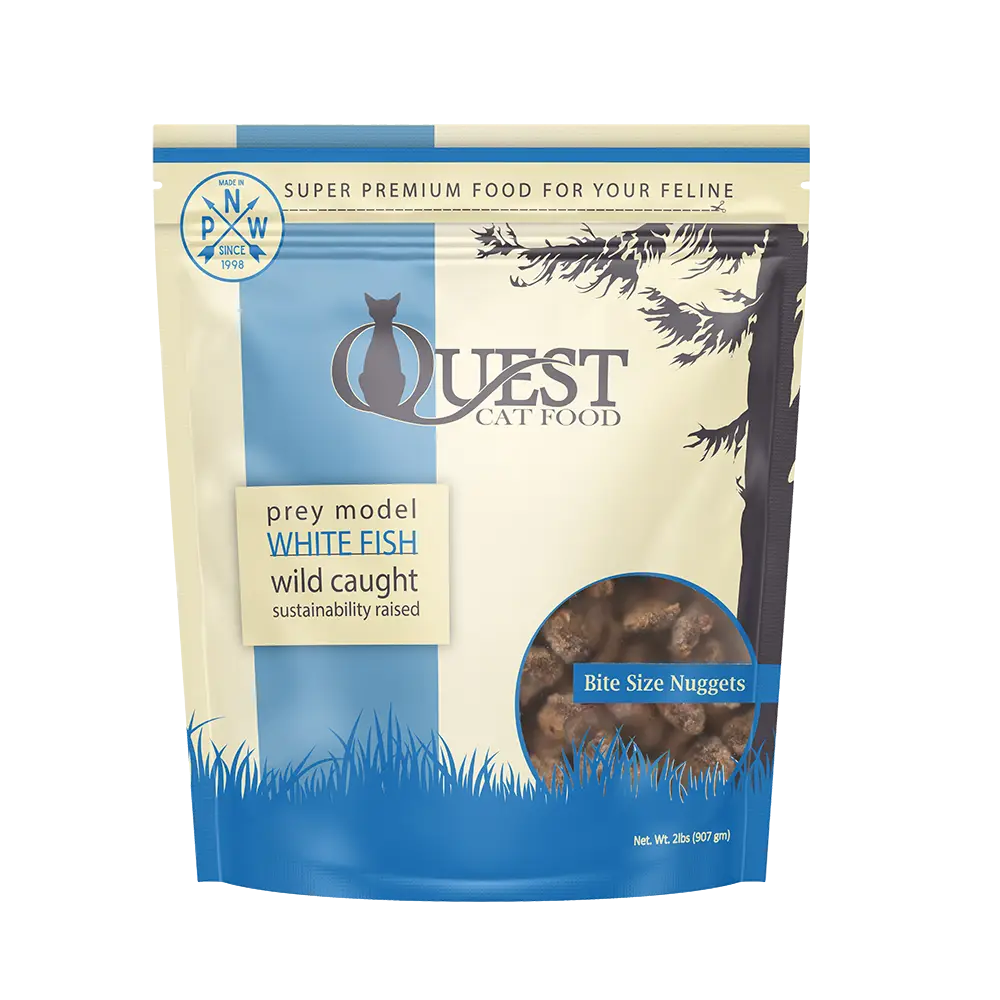 Frozen Quest
Frozen Quest
 Freeze Dried Quest
Freeze Dried Quest
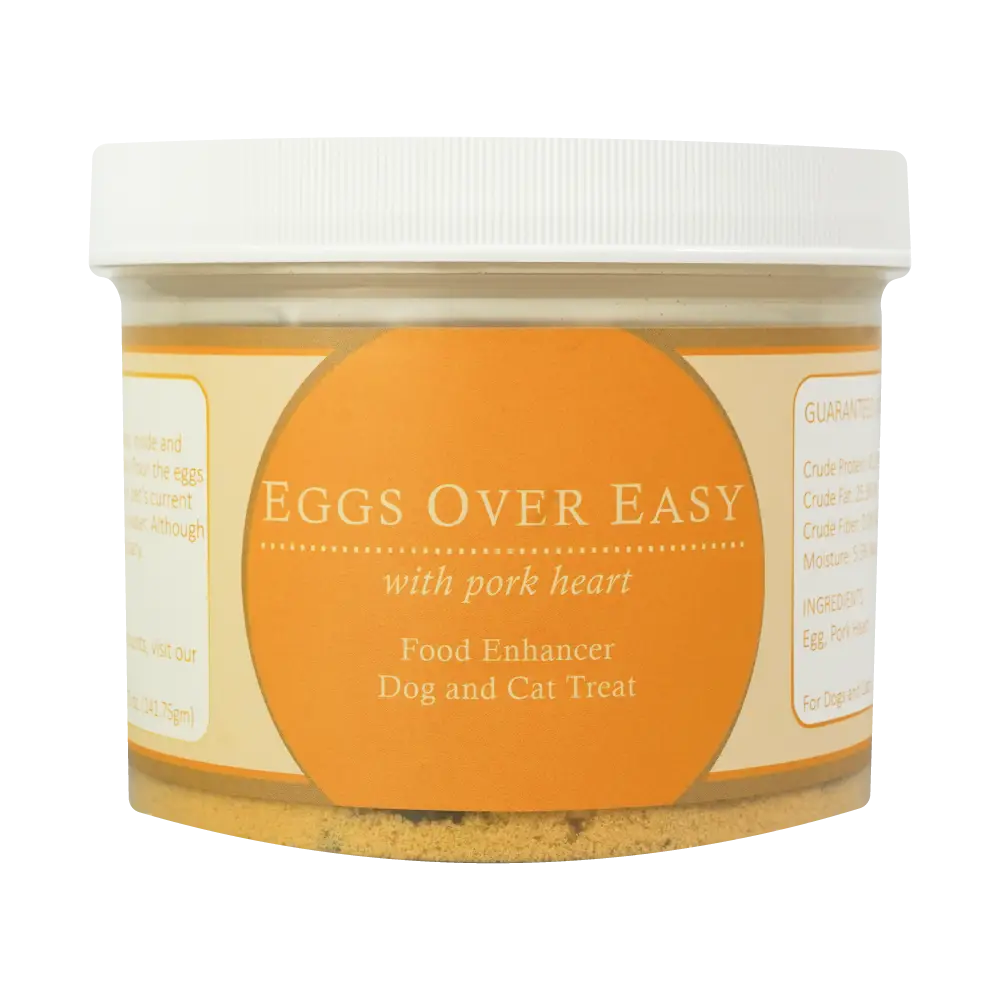 Eggs over Easy
Eggs over Easy
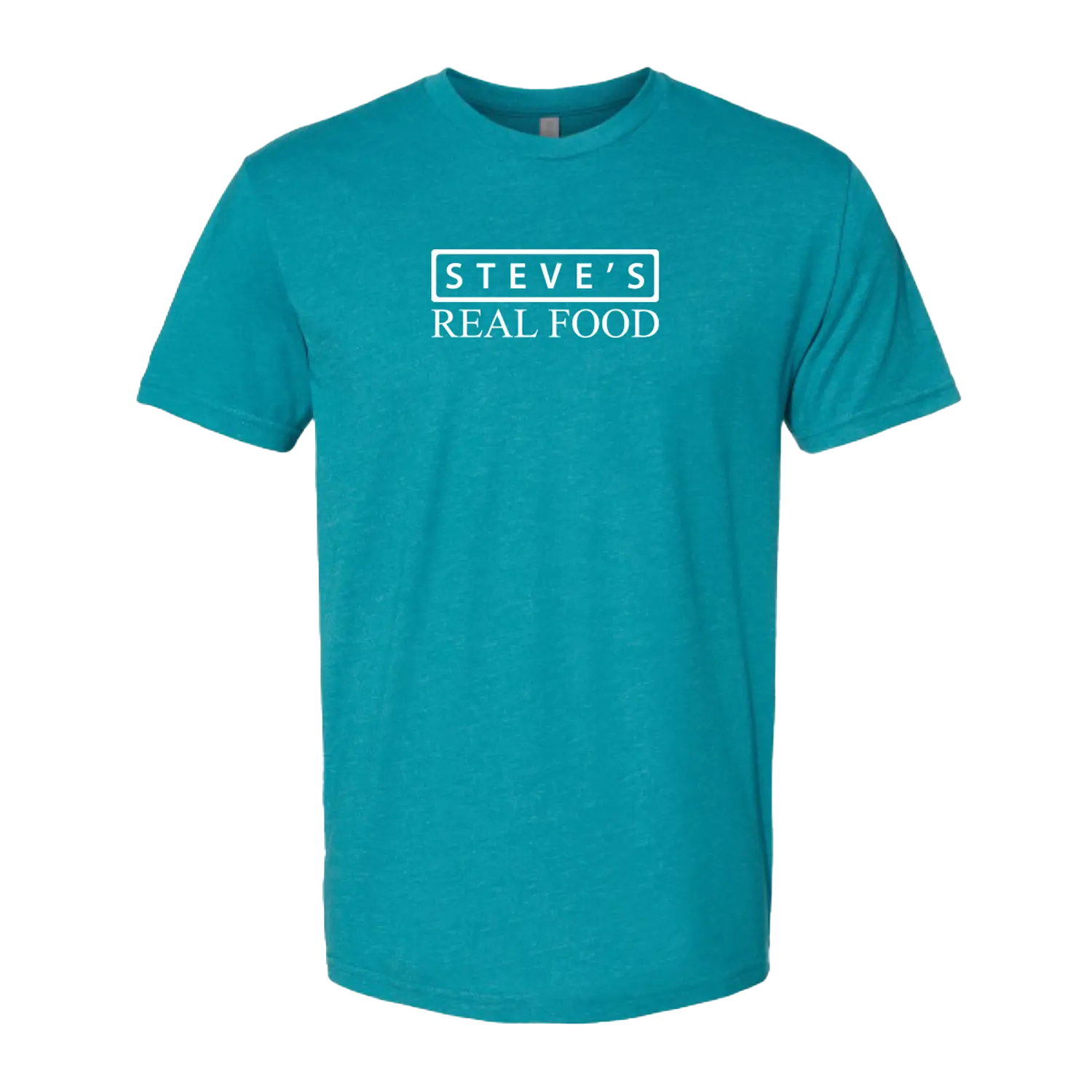 Steve's Merch
Steve's Merch 